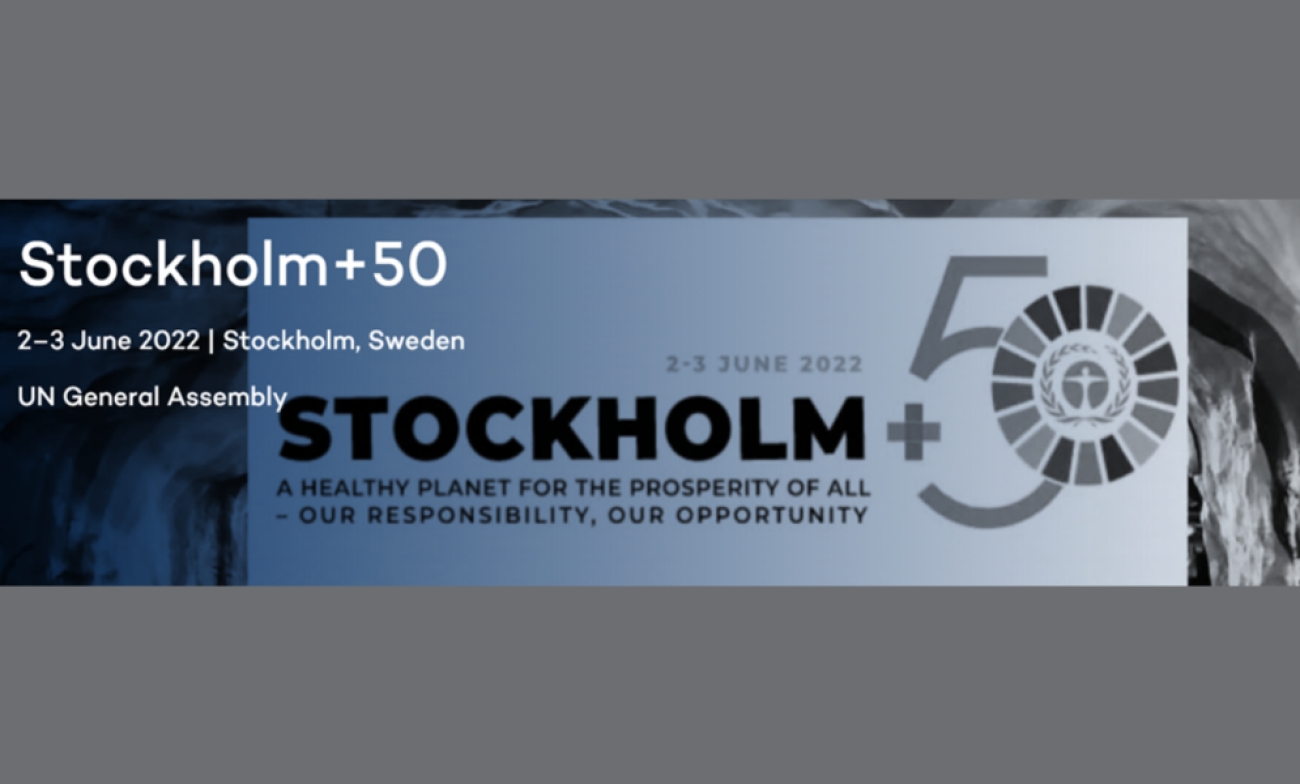-
In a seminal article for BBC News, its environment correspondent wrote:
“Stockholm, 1972. Five years after the Summer of Love, four after the Paris riots; the Cold War is in full swing.
-
The Club of Rome has just projected a future in which the demands of a growing human population outstrip the Earth's capacity to provide.
The Blue Whale, the biggest animal that ever lived, has been hunted almost to extinction.
Atom bomb tests continue to garnish the world in strontium-90; and from Japan to Europe to North America, man-made poisons are affecting plants, animals and people.
-
Economically, the world has never had it so good. But governments are beginning to realise that nature is paying a price.
On 5 June 1972, in the Swedish capital, they began to build their response - the United Nations Conference on the Human Environment - the first UN summit on the environment, and the event that really put the issue on the global political agenda….. 
-
But more significant, in the long term, was the new philosophy evident in the final declaration; that nations had to work together on environmental issues, and that a healthy environment was essential for the long-term prosperity of developing countries. For the first time, governments acknowledged that technology could seriously damage the environment. They agreed that each country had a duty not to pollute others, and that threatened species needed international protection.
-
So Stockholm started something; it put the environment on the political agenda." Internationally, that agenda would lead in 1987 to the Brundtland Commission and its famous definition of a sustainable society as one that "meets the needs of the present without compromising the ability of future generations to meet their own needs".
It would lead to the Rio de Janeiro Earth Summit in 1992, again with Maurice Strong as Secretary General, which attracted over 120 Heads of State (see below)

The primary result was a new blueprint for international action on environmental and development issues for the twenty-first century calling for balanced environment, social and economic development. This “Agenda 21”, was a a visionary program of action calling for new strategies to invest in the future to achieve overall sustainable development in the 21st century. Its recommendations ranged from new methods of education, to new ways of preserving natural resources and new ways of participating in a sustainable economy.

-
Later in 2000 Strong would team up with Mikhael Gorbachev former President of the USSR and founder of Green Cross International to launch the Earth Charter - an amazingly thoughtful document on the relationship between People and Planet, with an Institute in Costa Rica, linked to the UN University for Peace, that shares the vision worldwide - especially feeding it into education systems, with UNESCO.
-
Three years before his death reviewing the developments since Stockholm, in the context of the Rio+ 20 Earth summit Strong said he has mixed views on whether profound change was occurring "I am analytically pessimistic; I believe we are in danger of not doing what we must do for the survivability of human life and its sustainability," he says. "But I am operationally optimistic, because as long as there is hope - and there is still hope - we must continue to work for it”
- Strong’s end of life views on Climate Change can be seen here in an interview with Mirian Vilela Executive Director of the Earth Charter International Secretariat. They never wavered. “We have the capacity to deal with the Climate Crisis - but do we have the strength and vision to take the tough choices early enough”



